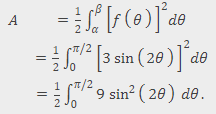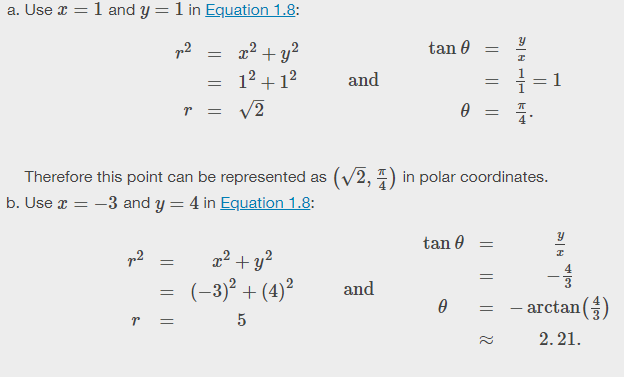Goals:
1) Define polar coordinates
2) Convert points between rectangular and polar coordinates
Polar Coordinates
Definition
The rectangular coordinate system provides a way to map points to ordered pairs. The polar coordinate system provides an alternative method for mapping points to ordered pairs.
Let's consider the following figure:
The point P has has (x,y) for coordinates in the rectangular coordinate system. The line segment that joins the origin to the point P measures the distance between these two points. This distance is designated by the letter r.. The angle between this segment and the positive part of the x-axis is designated by Ө. Now the point P can not only be referred by its cartesian coordinate x and y but by r and Ө. These 2 letters represent the polar coordinates of the point P.
Every point (x,y) in the cartesian coordinate system can be represented in the polar coordinate system by an ordered pair (r, Ө), The first coordinate is called radial coordinate. The second coordinate is called angular coordinate.
Converting points between coordinate systems
Theorem
Given a point P in the plane represented by its cartesian coordinates (x,y) and its polar coordinates (r,θ), the following relations hold true:
These formulas can be used to convert from cartesian coordinates to polar coordinates and vice-versa.,
Examples
Converting between rectangular and polar coordinates
1. Convert each of the following points into the polar coordinate system:
2. Convert each of the following points into the rectangular coordinate system:
Solution
1.
2.
Practice





























